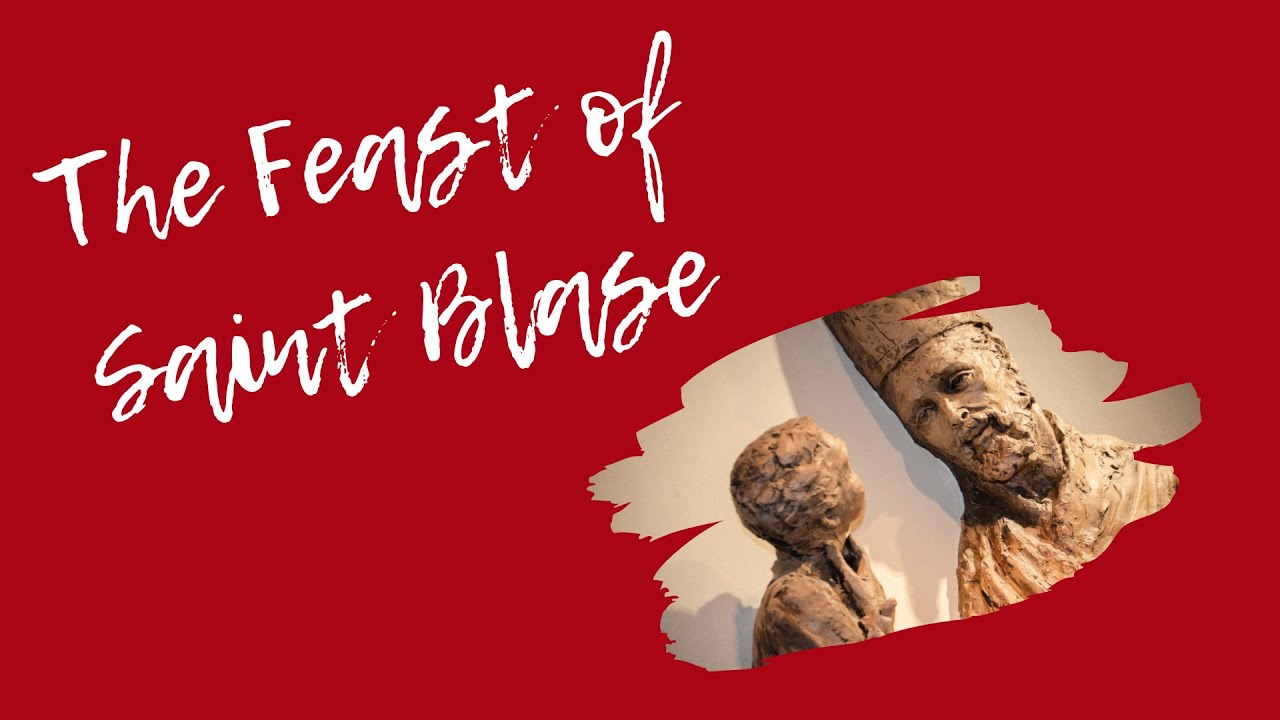The Baha’i Feast, a multifaceted observance emblematic of the principles of unity, serves as a bastion of communal harmony within the Baha’i Faith. This event, held once every 19 days, embraces core tenets of the Baha’i teachings—love, fellowship, and inclusiveness—while fostering a spirit of collective engagement. The Feast is not merely a gathering; it is a ritualistic ceremony steeped in significance, reverberating with the echoes of Baha’u’llah’s vision for a unified humanity.
The structure of the Feast can be likened to an intricately woven tapestry, where each thread is representative of diverse backgrounds and experiences, converging as one. Organized in three distinct parts—spiritual, administrative, and social—the Feast intricately balances the spiritual nourishment of the soul with the pragmatic affairs of the community, making it a holistic celebration. This trifecta reflects the Baha’i conviction that human beings thrive in a context of both spiritual and temporal realities.
Beginning with the spiritual aspect, the Feast opens with a period of devotional gathering, during which prayers and readings from the Baha’i sacred writings are recited. Participants engage in a meditative ambiance that deepens their connection to the divine and instills a profound sense of purpose. This initial segment acts as an ethereal foundation, inviting participants to align their hearts and minds in reverence to the teachings of Baha’u’llah. The ritualistic recitation of verses captivates the assembly, creating a melodic resonance that ensconces the attendees in a warm cocoon of sanctity.
Following the devotional segment, the Feast transitions into the administrative portion, wherein discussions about pertinent community matters take center stage. Unlike conventional meetings characterized by a hierarchical structure, this segment embodies democratic principles, encouraging contributions from all present. Decision-making is pursued collectively, underscoring the Baha’i emphasis on the importance of consultation. This interaction cultivates an environment ripe for civic engagement, where every voice is cherished, and collective wisdom flourishes.
One could argue that this administrative aspect of the Feast acts as a crucible for sociopolitical evolution within the community, nurturing a culture of responsibility and stewardship. The practice is akin to a garden in which varied seeds represent individual perspectives, ultimately blossoming into innovative ideas and resolutions beneficial for the entire community.
As the Feast culminates with the social segment, the atmosphere transforms into one of camaraderie and conviviality. Attendees share a meal, engaging in fellowship that fosters connections among multifarious individuals. This communal repast transcends mere sustenance; it becomes the manifestation of collective identity and shared experience. Through this convivial exchange, barriers dissolve, and participants weave their stories into a shared narrative of unity.
The Baha’i Feast also carries an intriguing metaphor for the greater societal tapestry. In this gathering, just as each person contributes distinctively to the Feast, so too does every individual play an integral role in the broader human community. The Feast epitomizes the Baha’i belief in the oneness of humanity—by sharing food and fellowship, participants express an underlying commitment to dispelling the divisive specters of prejudice and isolation.
Moreover, the Feast embodies a systematic approach to nurturing spiritual growth and community involvement. Framed within its cyclical occurrence every nineteen days, it serves as a reminder of the importance of regular involvement in communal life. This frequency imbues participants with a sense of continuity in their spiritual journeys and communal obligations, fostering a cycle of reflection, action, and renewal.
In today’s increasingly fragmented world, the Baha’i Feast emerges as a beacon of hope and a model for communal living. Its inclusive spirit invites individuals from all walks of life, encouraging a celebration of diversity that is so crucial in fostering understanding and mutual respect in our global society. It is not merely a ritual; it is a clarion call for humanity to unite in celebration of shared values, transcending the schisms of race, nationality, and creed.
Intrinsically woven into the fabric of the Baha’i Faith, the Feast stands as a testament to the power of communal gatherings in cultivating a spirit of unity. Despite its religious roots, the underlying principles resonate with universal truths found across various cultures and spiritual perspectives, thus inviting everyone to partake in this sacred tradition. Through the Baha’i Feast, one can glimpse the radiant tapestry of humanity, where threads of diverse colors and textures unite in harmonious celebration.
In essence, the Baha’i Feast is not merely an event confined to the parameters of a calendar. It embodies a philosophy, a way of life that espouses the importance of fostering connections and nurturing community spirit. Each Feast serves not only as a reflection of individual growth but also as a collective moment of reflection and recalibration for those seeking a more unified existence. As individuals come together in collective prayer, consultation, and celebration, they weave a brighter future—a future where the vision of unity espoused by Baha’u’llah thrives unencumbered.
Thus, the Baha’i Feast, with its enchanting triad of spiritual, administrative, and social components, beckons individuals and communities towards an enlightened path. As one contemplates the essence of the Feast, they are invited into an ever-expanding realm of unity, purpose, and shared humanity—a sublime microcosm of the global Baha’i community.
